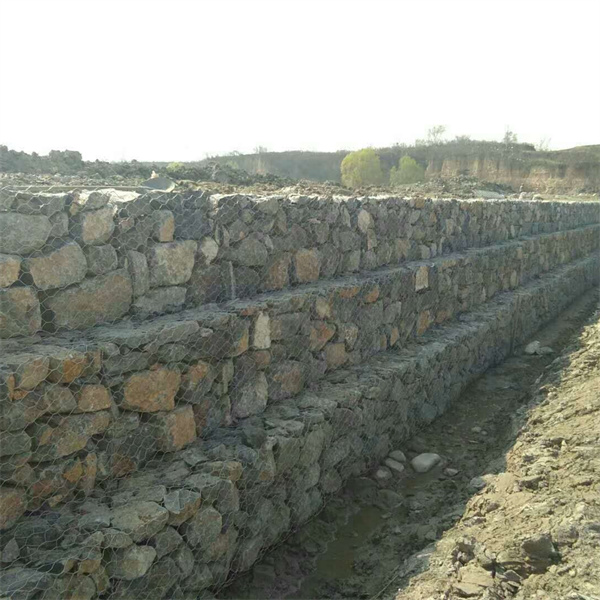Novemba . 11, 2024 14:49 Back to list
best gabion wall base
The Best Gabion Wall Base A Comprehensive Guide
Gabion walls are increasingly popular in landscaping and construction, offering both functional and aesthetic benefits. These structures, typically composed of wire mesh baskets filled with stones, serve as effective retaining walls, erosion control solutions, and scenic garden features. One of the most crucial aspects of building a gabion wall is ensuring a strong and stable base. This article delves into the best practices for creating the ideal base for a gabion wall to ensure its longevity and effectiveness.
Importance of a Strong Base
A well-constructed base is fundamental for the stability of a gabion wall. A solid foundation prevents shifts and settles, reducing the risk of wall failure. Poorly constructed bases can lead to structural complications, including tilting, shifting, or even collapsing over time. To create a durable gabion wall, one must prioritize the selection of the right materials and construction techniques for the base.
Choosing the Right Location
Before laying the foundation, it's essential to select an appropriate location for the gabion wall. The chosen site should not only be level but also away from potential sources of erosion, such as heavy rainfall or flooding areas. Assessing the soil type is also crucial; sandy or loose soil may require additional measures to ensure stability. Ideally, the site should have a firm and compact subsoil.
Designing the Base
1. Excavation Begin by excavating a trench where the gabion wall will be placed. The depth and width of the trench depend on the height and thickness of the wall. A general rule of thumb is to dig at least 6-12 inches deep, depending on the wall's size.
2. Base Material The base should comprise a stable material that can support the weight of the gabion units. Crushed stone or gravel is highly recommended due to its excellent drainage properties. These materials help prevent water accumulation, which could erode the wall's foundation over time.
3. Leveling Ensure that the base of the trench is level. A level surface is crucial for distributing the weight of the gabions evenly, which will prevent excessive localized pressure that can lead to structural failure.
best gabion wall base

4. Compacting After placing the base material, thoroughly compact it. This process can be accomplished using a hand tamper or a mechanical compactor. Compacting the base helps to provide additional stability and prevent settling over time.
Additional Reinforcements
For taller gabion walls, or those required in particularly high-stress areas, consider adding extra reinforcements. These might include
- Geotextiles Implementing a geotextile fabric between the base material and the soil can enhance stability by preventing soil from migrating upwards into the gravel and reducing the risk of seedling growth that may disturb the wall's integrity.
- Draining Systems Installing a drainage system can also be beneficial. Adding perforated pipes behind the wall can alleviate groundwater pressure and further mitigate the risk of erosion. Ensuring the base material remains dry is crucial for maintaining the overall stability of the structure.
Backfill Considerations
Once the gabion baskets are filled and stacked, backfilling should be undertaken with care. Use materials that are similarly sized to those used in the base to ensure drainage continues to flow. The backfill should be compacted as well, and care should be taken not to disturb the integrity of the gabion wall during this process.
Conclusion
The strength and stability of a gabion wall hinge significantly on a well-constructed base. By following these guidelines, ensuring proper material selection, and taking the time to carefully plan and execute the base construction, you can create a robust and enduring gabion structure. This foundational work not only supports the wall but also contributes to its longevity, allowing you to enjoy the benefits of your investment for years to come. From erosion control to aesthetic landscaping, a sturdy gabion wall can transform landscapes and provide lasting value, all beginning with the best base possible.
-
Versatility of Chain Link Fence Gabion
NewsMay.13,2025
-
Trusted Gabion Box Suppliers
NewsMay.13,2025
-
PVC Coated Gabion for Long-Lasting Structural Integrity
NewsMay.13,2025
-
Garden Gabion for Stylish
NewsMay.13,2025
-
Galvanized Gabion for Durable Outdoor Structures
NewsMay.13,2025
-
Gabion Box Factory
NewsMay.13,2025
-
Gabion Basket Wire Gauge and Mesh
NewsMay.13,2025






